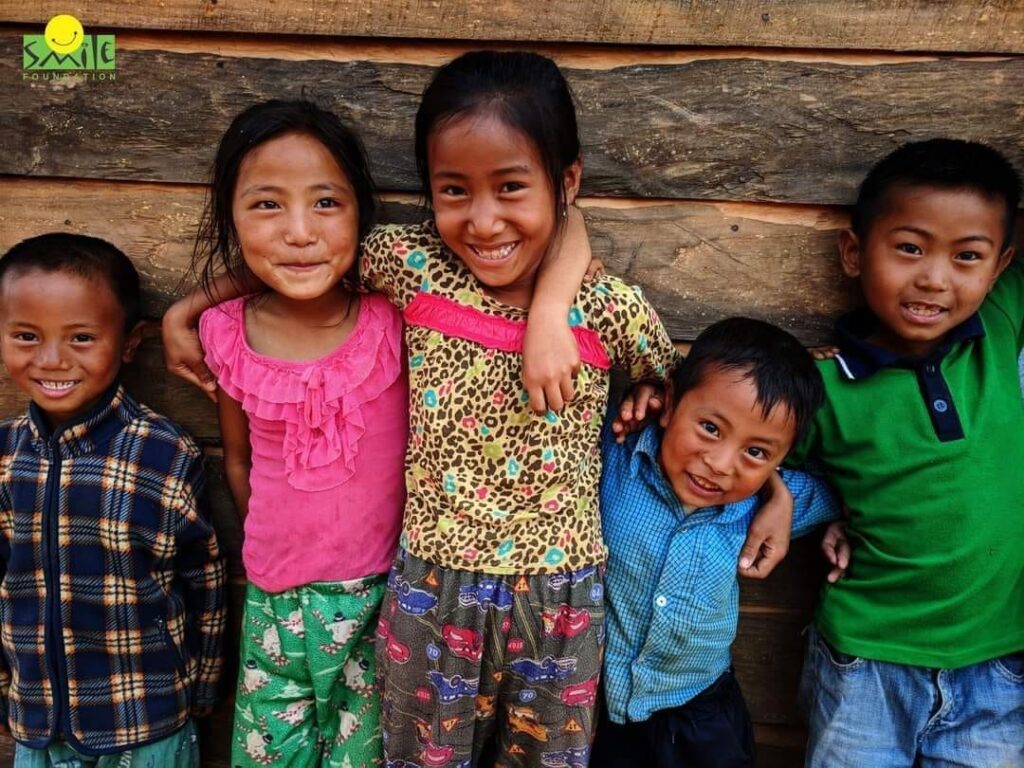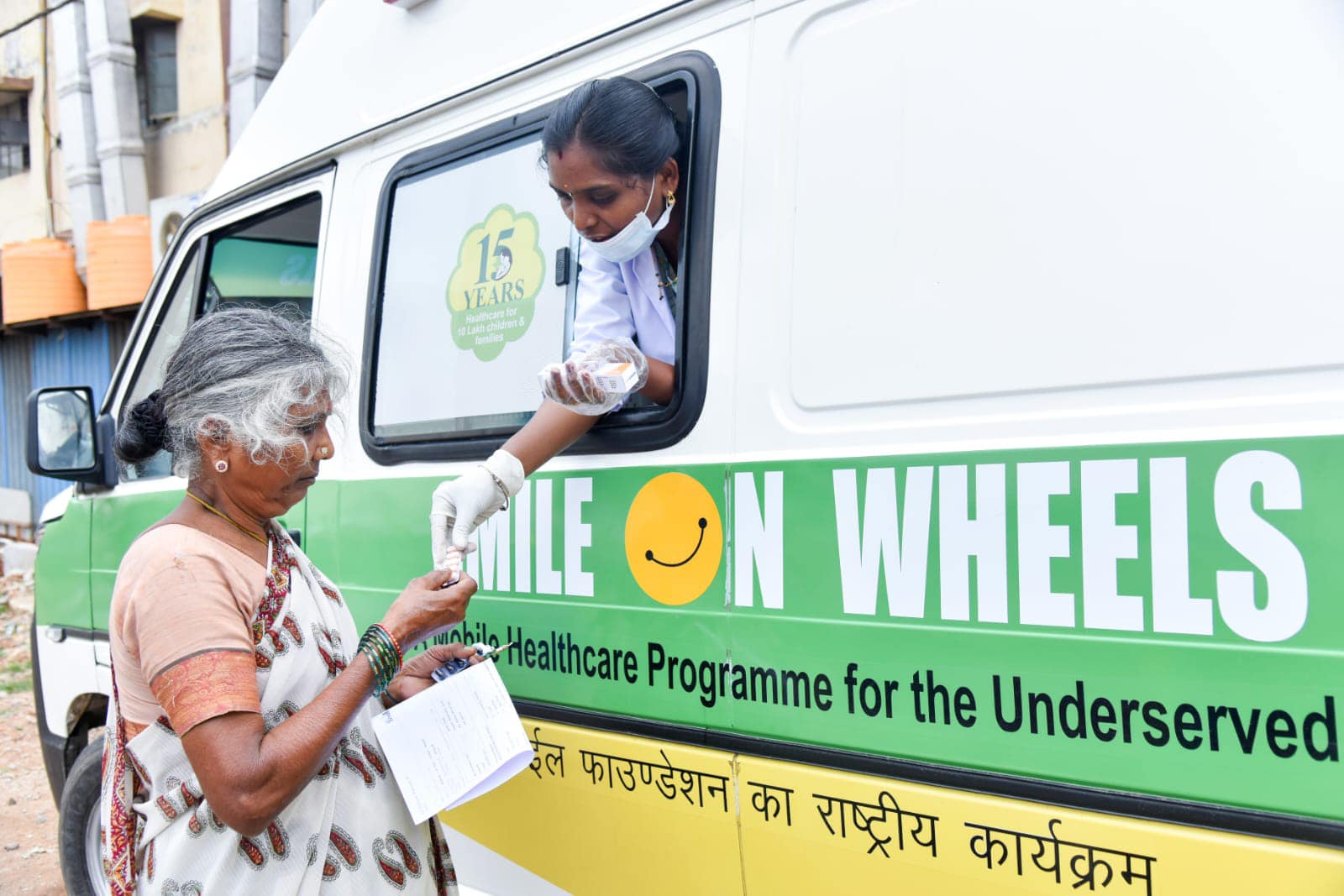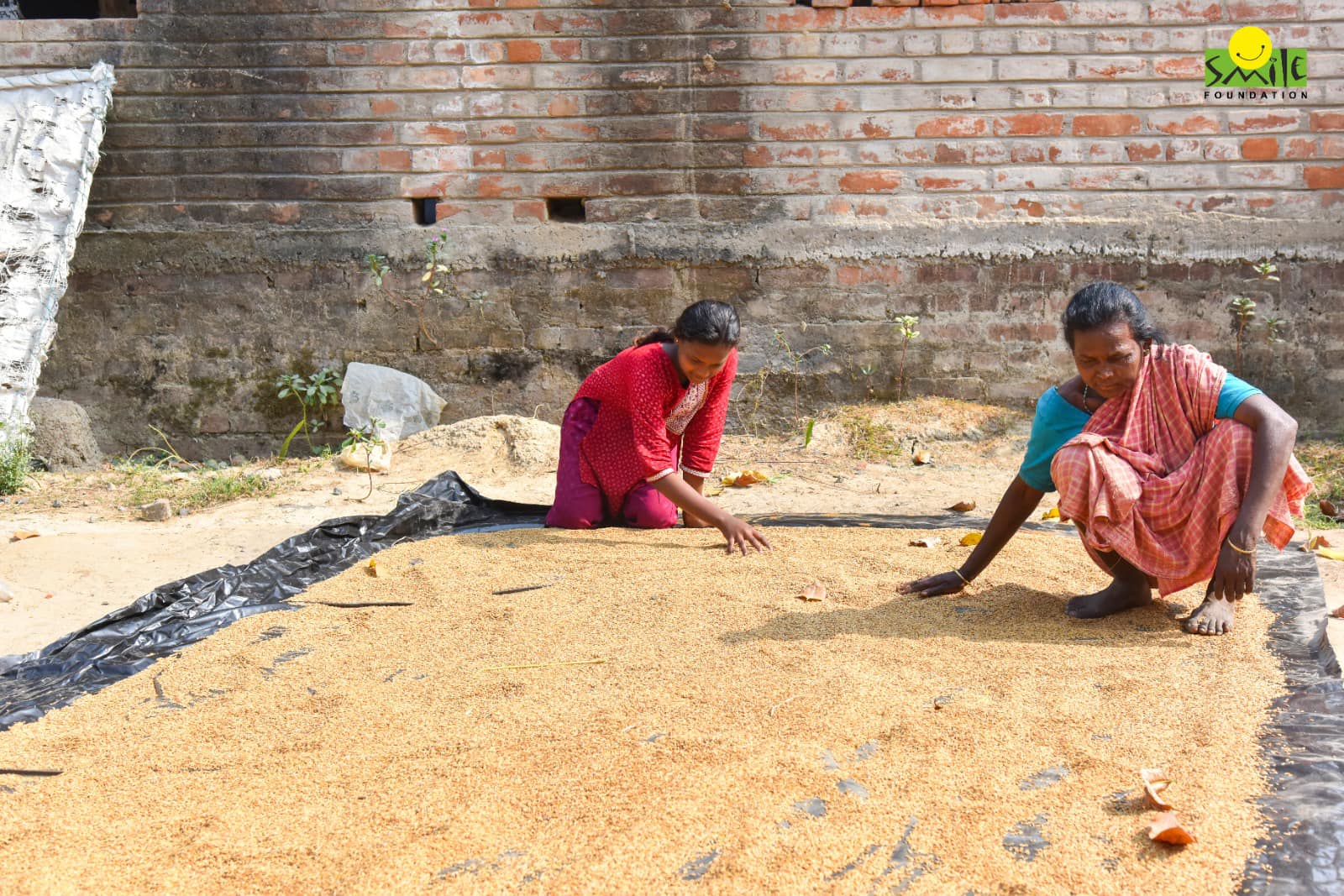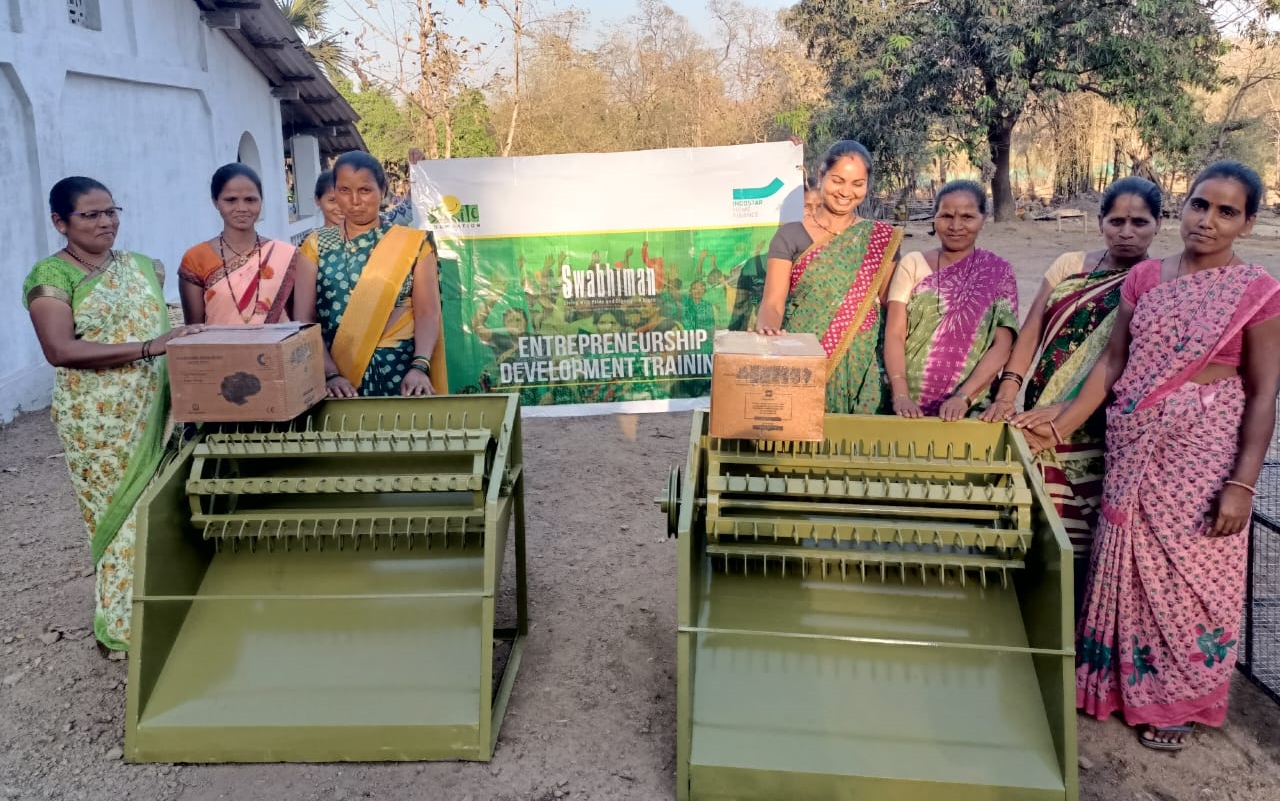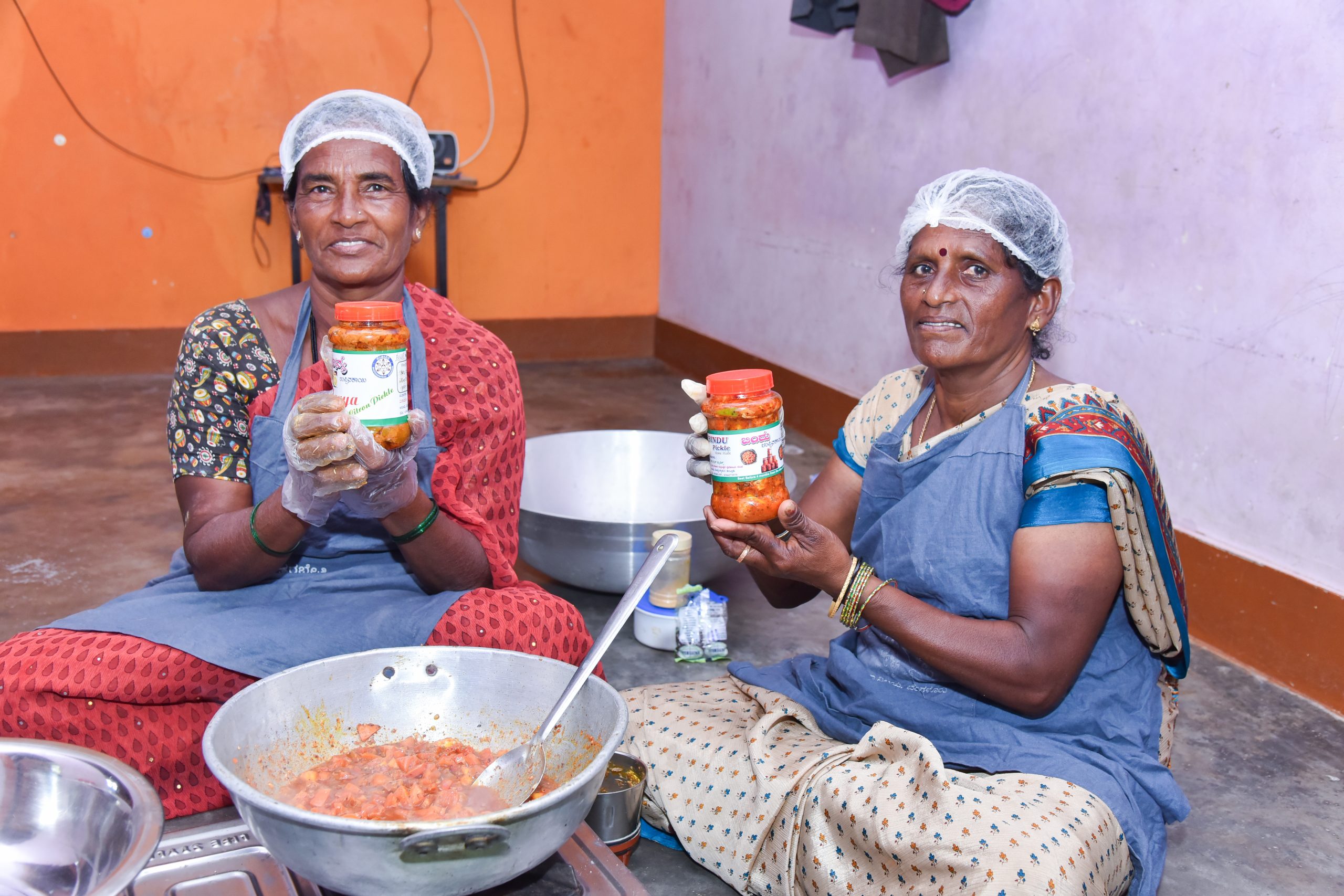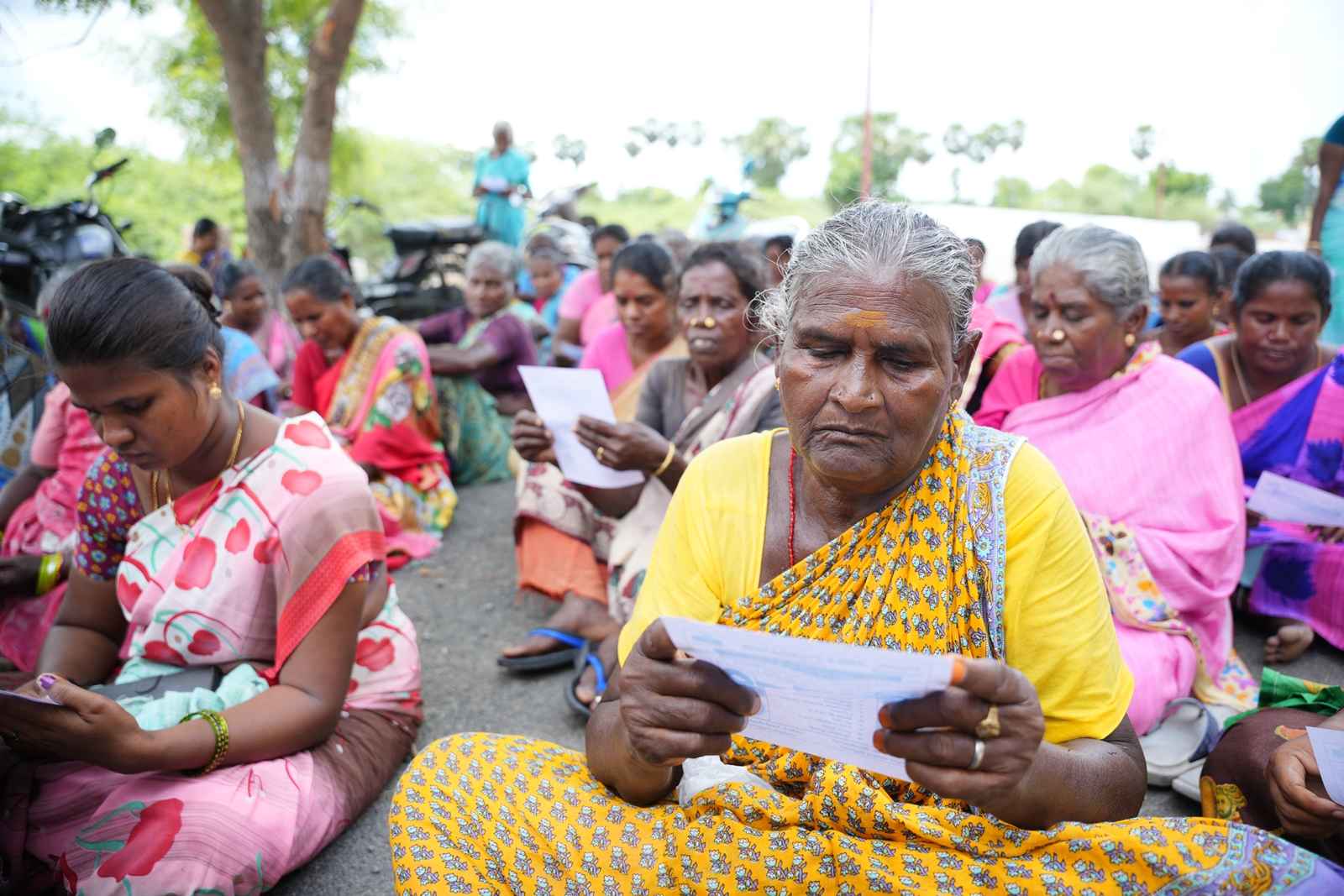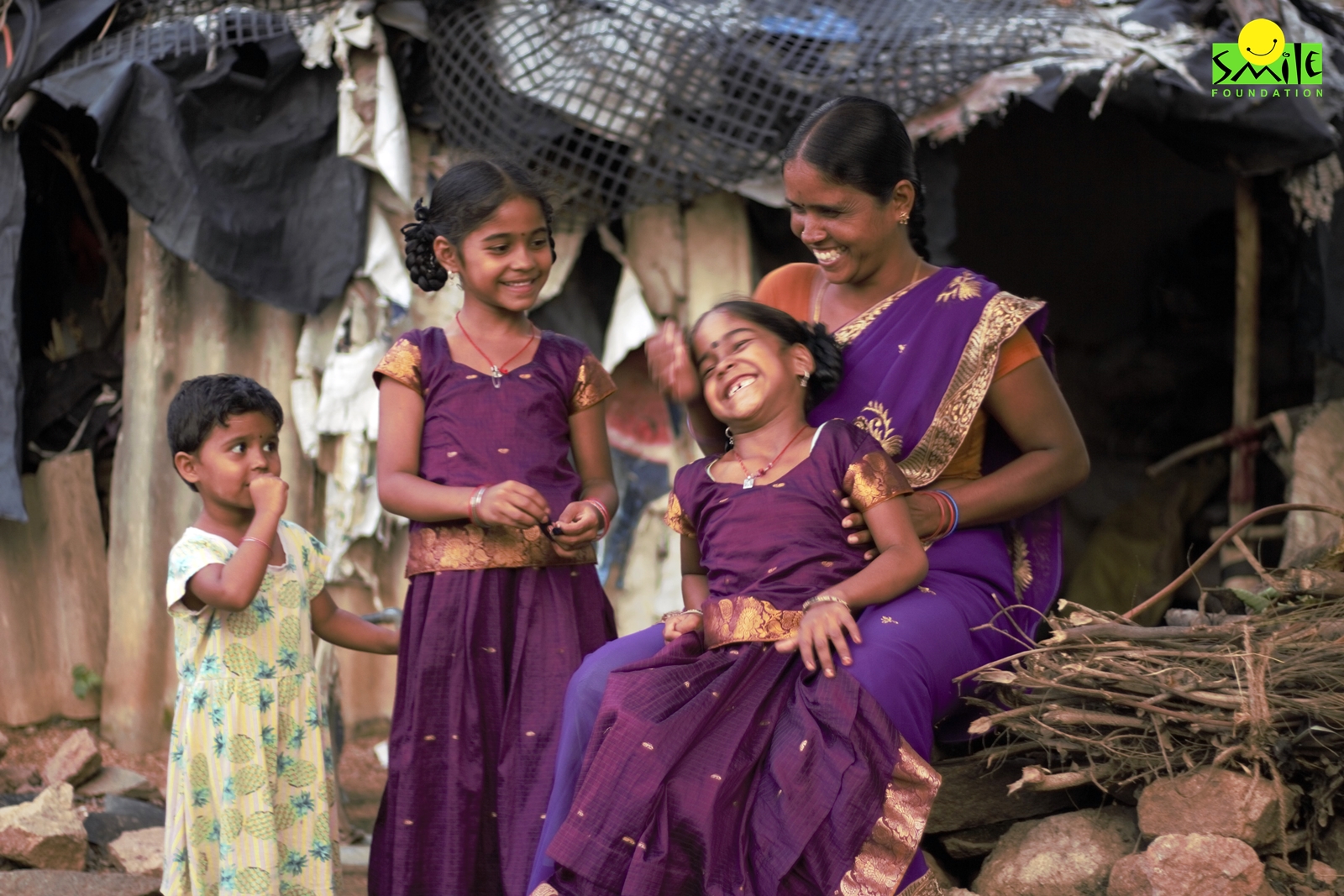According to the United Nations (UN), there is no agreement on what constitutes ‘poverty’ as it pertains to all nations. Generally, poverty can be defined as a lack of material things and resources or as a lack of access to basic services like healthcare, child education, and safe settings.
Regardless of how you define it, we all agree that millions of children in at-risk neighbourhoods might have their possibilities limited by poverty and disadvantage. Child Education is a powerful tool with the capability to uproot all forms of poverty.
Child Education in India
Since attaining independence in 1947, literacy rate is constantly rising in India with the number of educated Indians increasing steadily. Literacy was below 30% in 1947 and now it is close to 80%.
In the 21st century, many children are studying who are the first in their families to complete education. This is a big shift in the country. However, achieving this feat has not been easy for India. There have been many challenges to pursue students to complete school. The families were initially reluctant to send their children to school, especially the girl child owing to security, safety and spending concerns.
This is changing now. The government introduced mid-day meals for schools and many programmes to make education mandatory. With the establishment of the Indian Institutes of Technology (IITs), Indian Institute of Management (IIMs), the standards of education are improving in the country.
The school dropout rate is also decreasing with more and more children getting equipped with the means to complete education.
Challenges to Child Education in India
Aspirations have grown across the board as enrollment increases and more students graduate. The strong belief that education would lift this generation out of poverty and provide better livelihood opportunities permeates all the stratus of Indian society. But these beliefs are raising fresh concerns about the education system.
Are kids learning adequately now with the majority of kids attending school? What “value is added” for each school year that a child attends? Does an extra year of education increase students’ knowledge, abilities, and—most importantly—opportunities? What has to be altered to ensure that results meet expectations?
The underlying factors behind this learning gap are present in both homes and schools. In India, 50% of children who attend rural schools have mothers with little to no education. They are unable to provide a livelihood means for themselves and also, actively encourage learning at home.
Additionally, parents with poor levels of knowledge might not be able to recognise when a kid is not making development and could lack the courage to discuss the pain points with instructors. They frequently believe that attending school would immediately result in learning, not realising that further work may be required.
Children might lag behind in India’s rigidly structured schools because teachers must adhere to the textbooks for each grade and have little time to assist students working below that level. Elementary school children were rarely assessed to find out who had fallen behind until recently. Additionally, there were no organised or systematic efforts to support them inside the educational system (public or private). As a result, even after the primary school cycle is typically low.
Furthermore, learning trajectories are flat, which suggests that if a kid does not master fundamental skills at a young age, they are unlikely to do so in later school years. Each kid is guaranteed eight years of education under India’s Right to Education Act (RTE Act). However, the basis on which future talents, additional education, or even life is formed is still relatively flimsy after these eight years.
India currently confronts the enormous task of expanding the scope of its education policy beyond infrastructure, inputs, enrollment, and spending in order to address key issues with vision and execution. There are several options to consider, and trade-offs must be made. For instance, should India prioritise greatness for select people above ensuring that everyone has an equal shot at success?
Should the focus of education be on academics and the few who will enroll in college? Or on preparing the overwhelming majority for their futures? What role do technical and job-related skills play? How much room is there for creativity and entrepreneurship in the provision of this fundamental service? Is it better to centralise or decentralise it? How can today’s educational needs be met while also establishing the groundwork for tomorrow’s educational needs?
What is Generational Poverty?
Self-reinforcing mechanisms in economics lead to a cycle of poverty or a poverty trap whereby poverty, once it arises, persists with less to zero outside intervention. It may last for generations and is sometimes referred to as a “development trap” when used in relation to emerging nations.
Research related to Generational Poverty and Child Education
Education, according to a Yale University research on the biology of poverty trap, is the key to escape it. Schools are basically the only venues where kids may have access to individuals who are ready and able to aid them, according to the same report.
Youth in poverty don’t have equitable access to resources and knowledge that may help them escape poverty or even understand that doing so is a possibility for their future. The moment to step up and offer assistance is now. Eradicating poverty demands supportive parents to assist in raising educated children.
Child Education as a Remedy for Generational Poverty
Poverty is a tree with many roots. But one element stands out among the myriad reasons– education. Additionally, the majority of the really poor lack even a basic education. The desire to send children to school is great among those who live below the poverty line, but they often lack the resources and access, increasing the likelihood that their children will grow up in poverty.
Although providing education to the underprivileged across the world has many benefits, there are some important ones:
- Education contributes to higher incomes for individuals and families.
- Education promotes personal development, which raises quality of life.
- Education helps to lessen inequities, especially those between men and women.
- Hope is fostered by education, which also serves as a springboard for opportunities.
- The results and possibilities for entire communities can be improved through education.
The latter point proves that access to education is undeniably important. We can create academic success and enhance community outcomes if we provide kids educational alternatives and assist them holistically in the community.
Looking Forward
It is determined that child education, or a lack thereof, is a major contributor to and remedy for poverty. In the beginning, a child’s cognitive development might be hampered by a lack of early childhood education. This happens owing to an inability to pay for daycare or other resources that harm their future academic achievement. The cycle of poverty is perpetuated when young people leave schools to assist their families by securing jobs– often in the unorganised sector. This makes it difficult for them to eventually find permanent employment that would enable them to escape poverty.
The National Education Policy (NEP) 2020 lays more emphasis on extracurricular activities and practical training than theoretical knowledge of the books. This is the stepping stone to remove poverty and transform the education landscape for good in the country. Students will develop keen interest in studies as the new curriculum will be designed in a more friendly and interactive manner.
The poverty cycle ends eventually for everyone with child education– that’s the hope, the dream to be fulfilled.
Smile Foundation and its Commitment for Child Education
The Smile Foundation is actively involved in empowering children through education. Click here to know how you can donate for child education and help make a better India.



